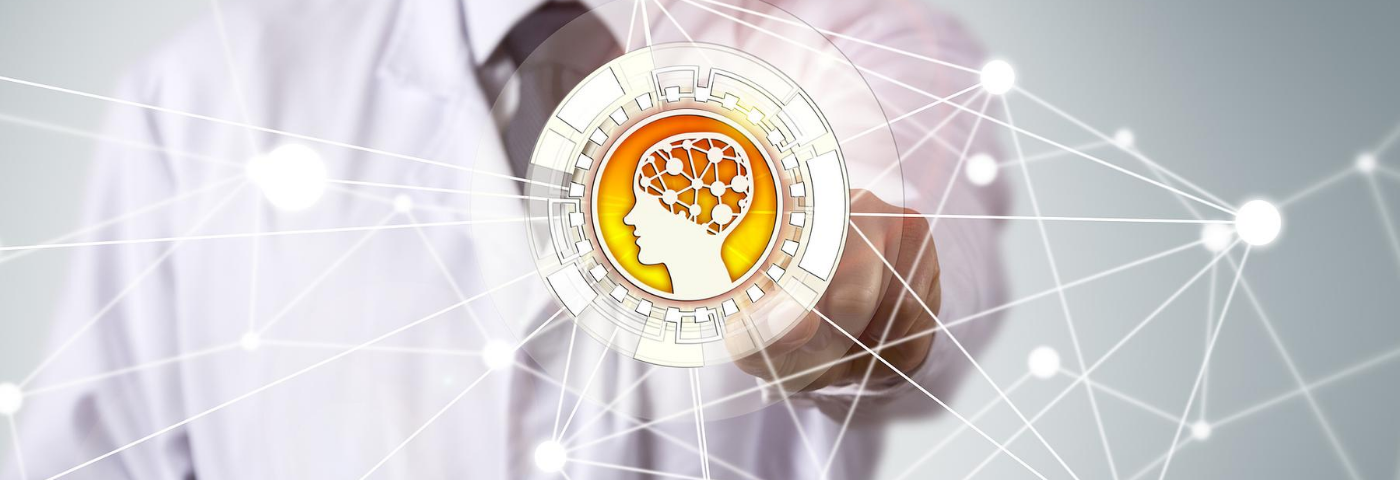Neuromarketing is understood as the application of neuroscience principles to obtain information about how a person makes decisions related to the consumption of a product, based on the analysis of emotion, attention and memory. The goal is to research and learn about how consumers respond and feel to different products and stimuli by capturing different signals from the body. Below are some neuroscience and neuromarketing trends in cosmetics.
Neurocandies: In February of this year, we saw the launch of a new line of neuro-gums and neuro-mints that promise to deliver just the right amount of what is needed to energize, calm and focus the mind. Vegan friendly, sugar free, with green tea caffeine, L-theanine and vitamins B6 and B12.
Neurobiotics: New scientific papers on the effect that prebiotics and probiotics have on improving mood and cognitive function. The cosmetic industry is beginning to elucidate biotic mechanisms on neurotransmitters in the skin’s biochemical processes and its effect on ageing processes.
Neurosleep & Neurodreams: New launches of beverages, food and nutricosmetics with proven scientific benefits in improving sleep processes.
Neuroageing: The cosmetic industry and science have shown that high levels of cortisol have a marked and direct effect on skin ageing processes, accelerating wrinkle and blemish formation processes. On the other hand, recent research published in the journal Aging Cell indicates that very low levels of cortisol and the GLITZ protein can trigger chronic inflammatory responses in the body, contributing to the ageing process. We still have a lot to explore and learn about the role of cortisol in this process.
Neurorevolution – The sensory revolution: Artificial intelligence and data science combine with advances made in psychology and neuroscience to transform the way we perceive reality. We are seeing new materials on the market that increase the visual and auditory senses while the reproduction of the senses of touch and smell will allow us to feel the products remotely. In entertainment and marketing, this powerful combination of artificial intelligence, detection devices, and virtual and augmented reality will enable brands to create multi-sensory experiences beyond screen-based devices, engaging all human senses and creating deep and lasting emotional connections with the consumers. It will be a new way of experiencing cosmetics.
Neuromusic: New publications showing the effect of music and Artificial Intelligence (AI) on some biochemical mechanisms that can influence ageing processes, such as cortisol. In the future, cosmetics will begin to use music with AI to enhance cosmetic treatments.
Neuroesthetics: New concept that is trending in 2020 related to the study of brain processes that are triggered during the process of observing an object (whether or not it is beautiful). Neuroesthetics is the “science of aesthetics”. A new field of research emerging at the intersection of psychological, neuroscience and the study of human evolution. The main objective is to characterize the neurobiological foundations and the evolutionary history of the cognitive and affective processes involved in aesthetic experiences and artistic and creative activities. The cosmetic industry is developing new methodologies for evaluating aesthetics in new materials with immediate effect, in makeup, personal care and facial treatment. We are facing a new world to evaluate the aesthetic pleasure that cosmetics produce.
Neurobrain: According to a study from New York University, published in 2019, the brain could have innate universal codes to identify beauty. This finding can help us understand how beauty influences the brain, producing pleasure and well-being. In the study, it was determined that certain patterns are activated in this organ when observing pleasant images. A better understanding of this default behaviour network (DMN) will allow the cosmetics industry to learn and improve the individual sense of well-being. It could also lead to a better understanding of different types of interconnected pleasures in the upper brain regions, as well as complex human experiences. In the future, the cosmetic industry will use these findings to determine the interaction of beauty with other categories, such as music, poetry, and art, for example.
Neurobotics: A March 2020 publication in Frontiers in Robotics and AI presents the assessment of the difference between how we think we see ourselves and how we view our own bodies from a stranger’s perspective. The findings indicate that people self-rate their bodies more negatively compared to when they do so from a third-person perspective. Artificial intelligence is teaching us that people don’t accurately judge their actual appearance. The researchers also noted that the “ideal body” described by the participants often had similar physical attributes to each other. This points to the predominance of an “ideal body shape” within the cultural environment of the studio.
Neurophene: A new graphene-based detection platform enables brain activity to be measured in real-time. It is the result of research carried out on the market of the European Union project “BrainCom”, published in March 2020 and which may be the gateway to achieve a better understanding of the brain.
Neuromemory: This year the magazine Science published a study by the California Institute of Technology (Caltech) and the Cedars-Sinai Medical Center in Los Angeles, which identified neurons responsible for making memory-based decisions. “An essential aspect of cognitive flexibility is our ability to selectively search for information in memory when we need it.” Undoubtedly, a breakthrough that the marketing departments of cosmetic companies will use in new methodologies to better understand consumer needs.
Beauty and the brain: The traditional goal of cosmetics has been to help us improve our appearance. The evolution of the application of neuroscience in cosmetics allows us to develop technology and evaluation methods on how products make us feel better and provide well-being.
Meet the personal care ingredients industry online with in-cosmetics Virtual, coming to your screens on 6 – 8 October 2020. While we can’t meet in person at in-cosmetics Global, Latin America or North America this year, you can join interactive meetings with your community in this new networking opportunity bringing together buyers and suppliers from the European and Americas markets.

